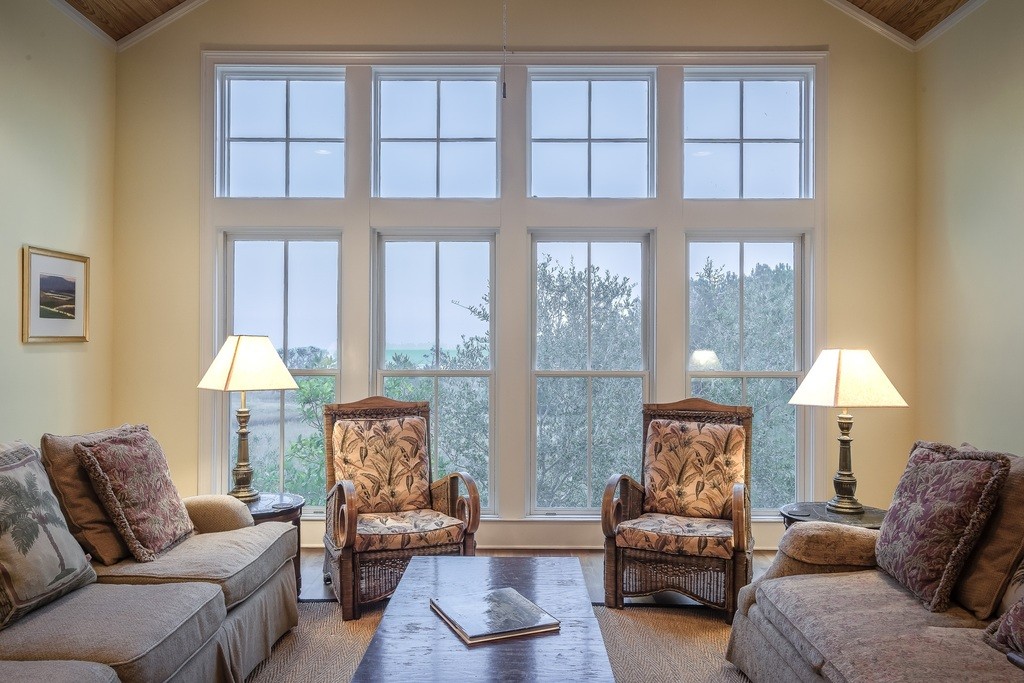
Contemporary vs. Modern Design in Architecture
The architectural world can be simultaneously stunning and overwhelming. Seeing the rise and fall of so many different style aesthetics is almost like listening to a symphony. Everything changes, and yet somehow, it remains the same. It can sometimes be challenging to figure out what style is right for you. The first step is to figure out the architectural style of your home. Once you know the foundational style you’re working with, you can move forward with discovering what architectural design will compliment your home best.
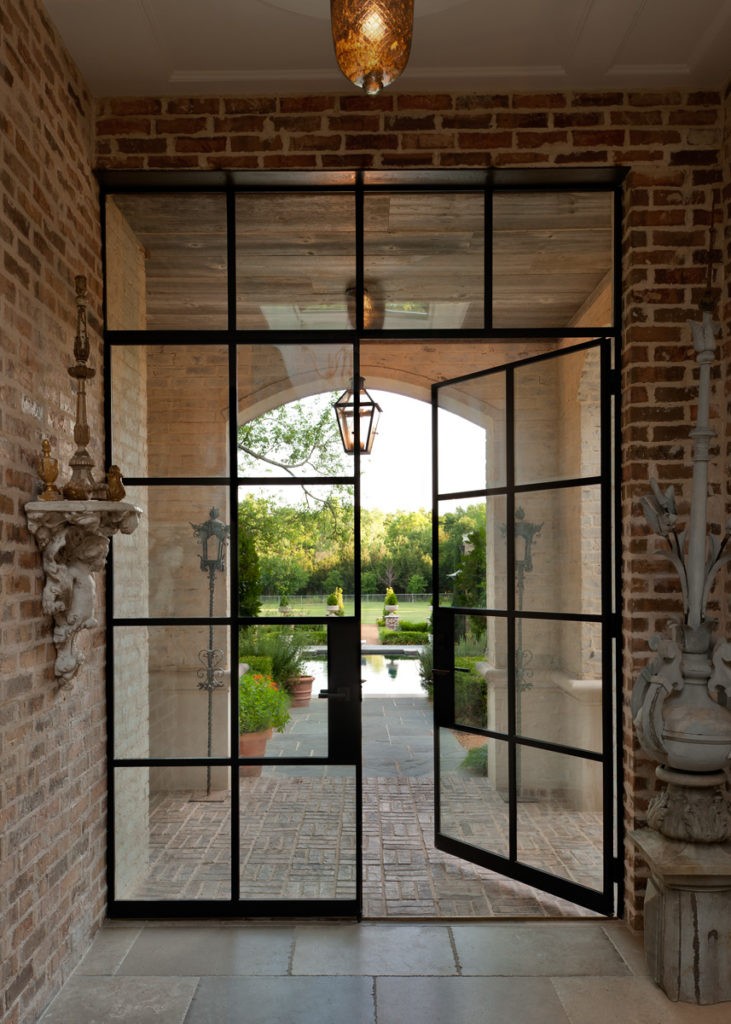
Two popular architectural styles often used interchangeably are modern design and contemporary design. This is a simple mistake, as the wording and meaning of these design categories can be so similar on the surface. However, these are two different styles when it comes to architectural design. Knowing this creates the question: when pitting contemporary vs. modern design, which choice is better for your home? To answer this, we must first define the differences between contemporary vs. modern design.
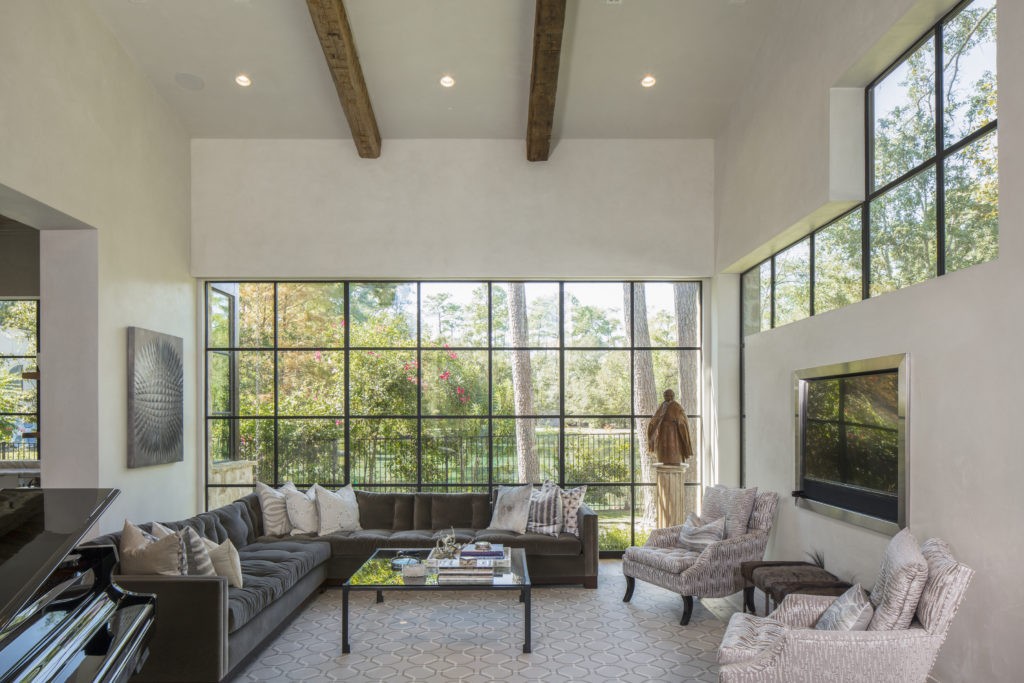
What is Modern Design?
When comparing modern design vs. contemporary, it’s important to note what sets each style apart. Modern design came first, beginning in the early 1900s and emerging as the epitome of design choices in the 1950s and 1960s.
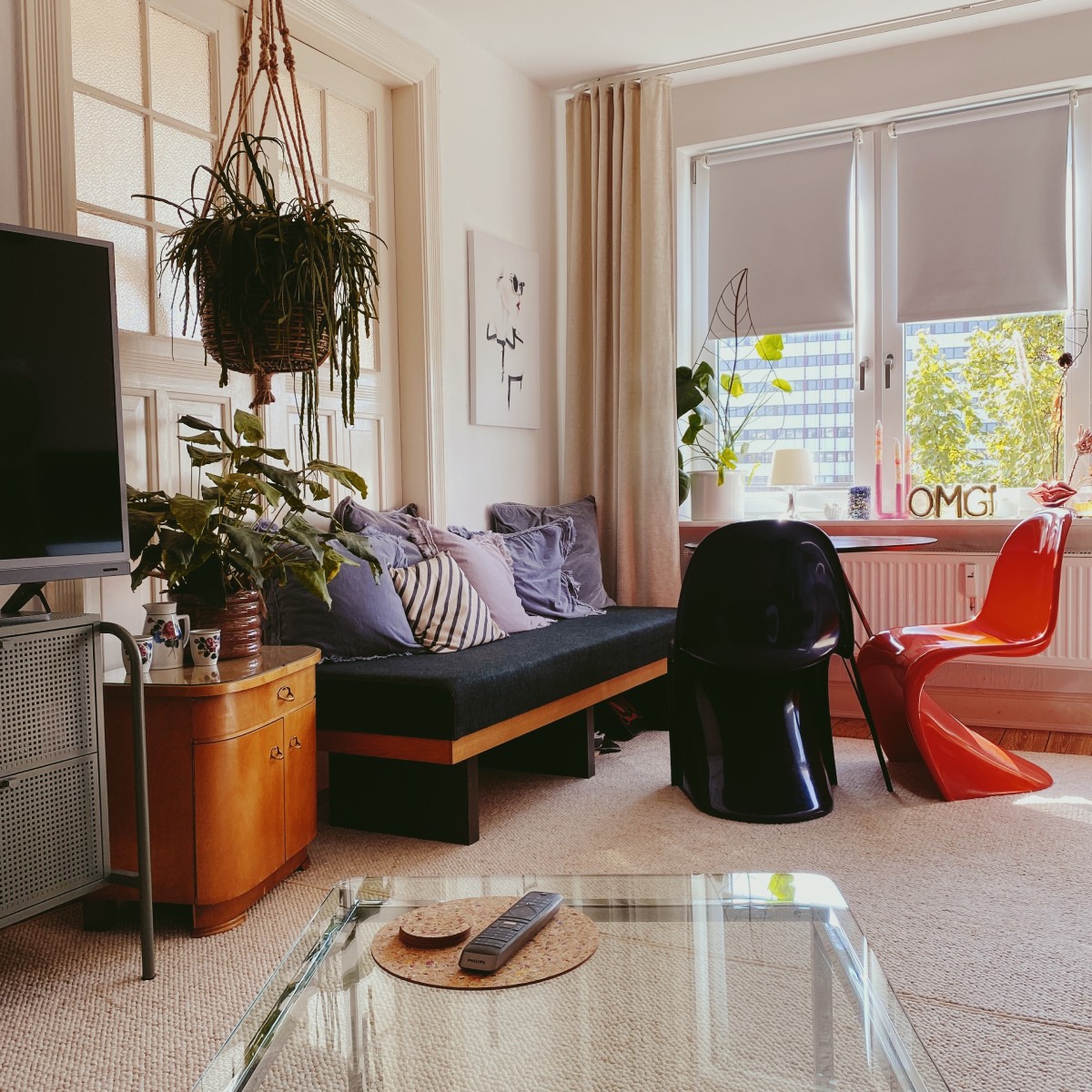
This style came in response to the opulence and ornamentation of the Victorian era, which heavily relied on hand-crafted construction. Modern design is the other side of the same coin, stemming from the modernist art movement. This minimalistic approach can be identified by sleek lines, open floor plans, and a functionality-first system. When comparing modern vs. contemporary design, modern design shuns knick-knacks, clutter, and unnecessary items. This can make modern design colder due to the lack of personal items and softness associated with contemporary design.
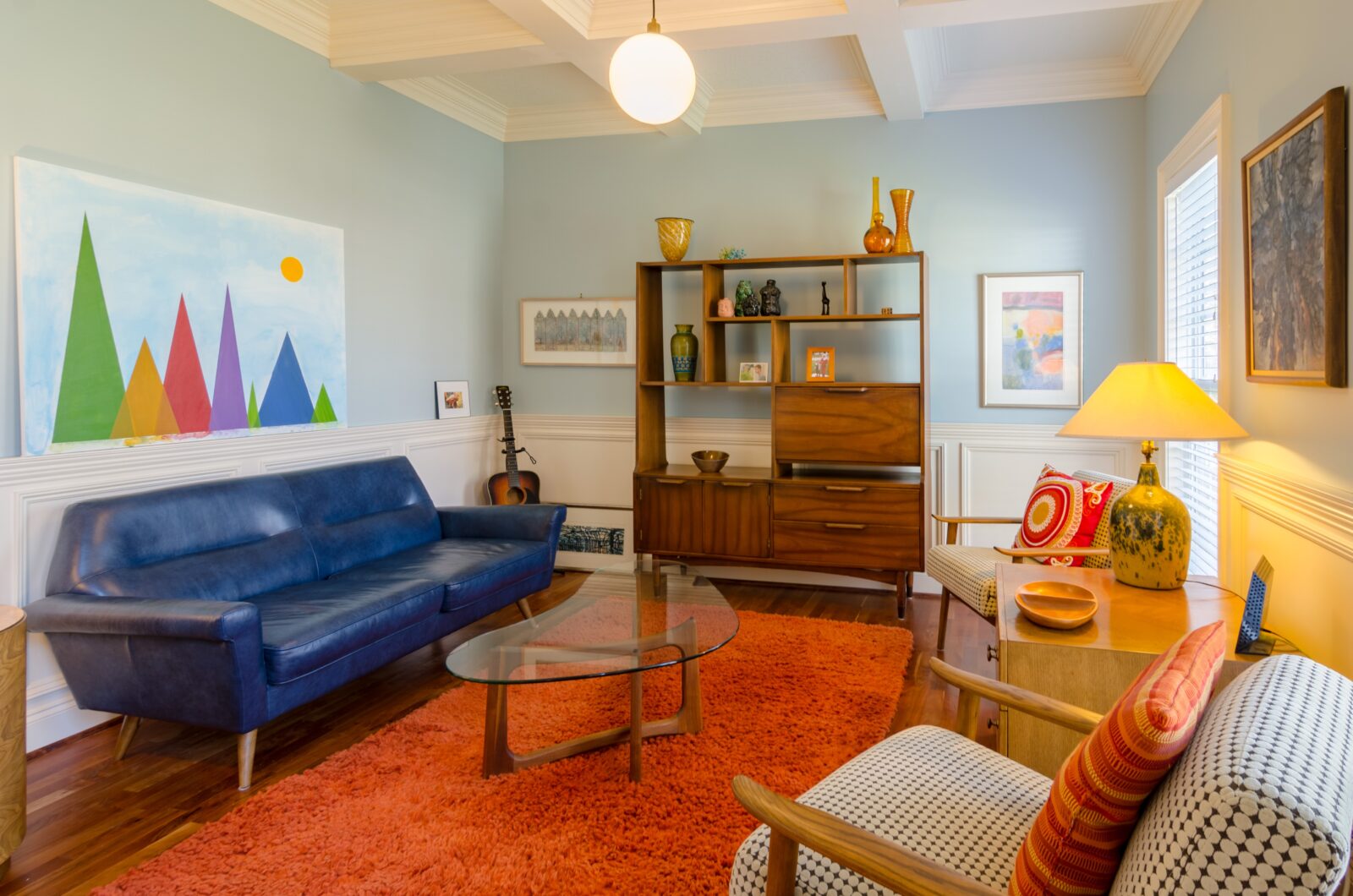
What is Contemporary Design?
Contemporary design is built on the foundation of modern design. In the late 1960s, when Modern design was coming to an end, contemporary design took the best of what modern design offered and built upon it. While modern design began the minimalist movement, it could come off as impersonal and even sterile to live in. So contemporary design kept the open floor plans and sleek lines, but it began to add softer and unique elements back into the home.
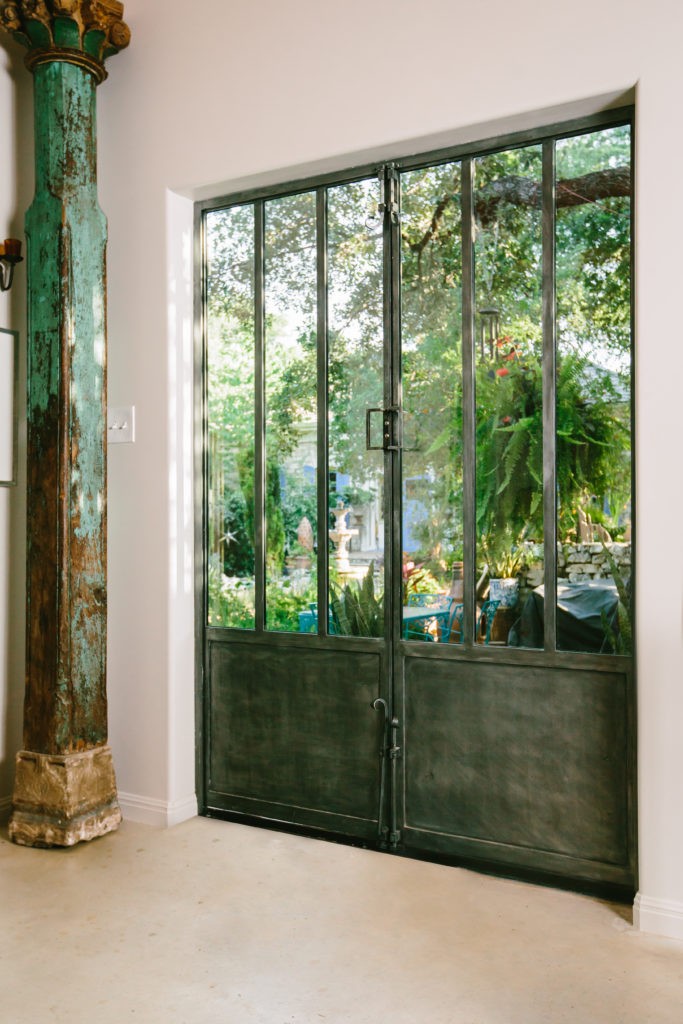
If you could only use one word to describe contemporary design, it would have to be: melting pot. Contemporary design embodies the meshing of different design styles, such as modern and farmhouse, giving way to freedom of design instead of sticking to rigid style rules. Contemporary vs. modern design can be boiled down to this simple idea: modern design has stringent regulations, whereas contemporary design is open to more unique style choices.
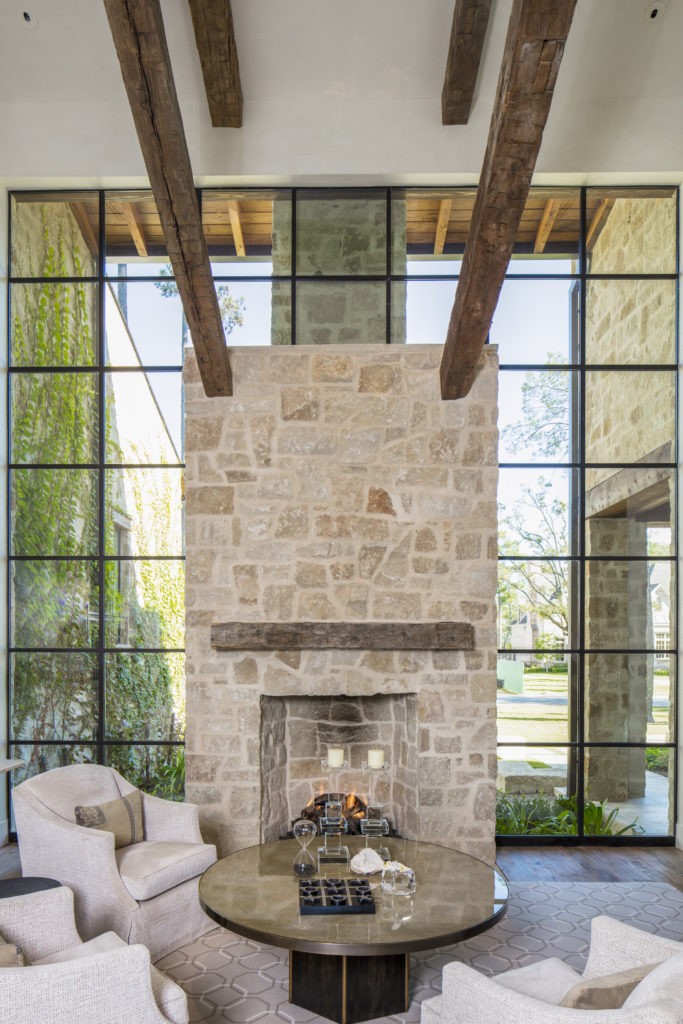
Contemporary Design vs. Modern: Do They Work Together?
When comparing contemporary vs. modern design, the differences are easier to spot once you know more about each school of design. Modern design pioneered a cleaner, more minimalist approach to the home. Clean lines, sleek materials, and open floor plans were a breath of fresh air after the cluttered, opulent times of the Victorian era. Finally, the home was more functional and less like a museum. You could say that the modern era led the way for allowing people to really live in their homes, not just exist among their things.
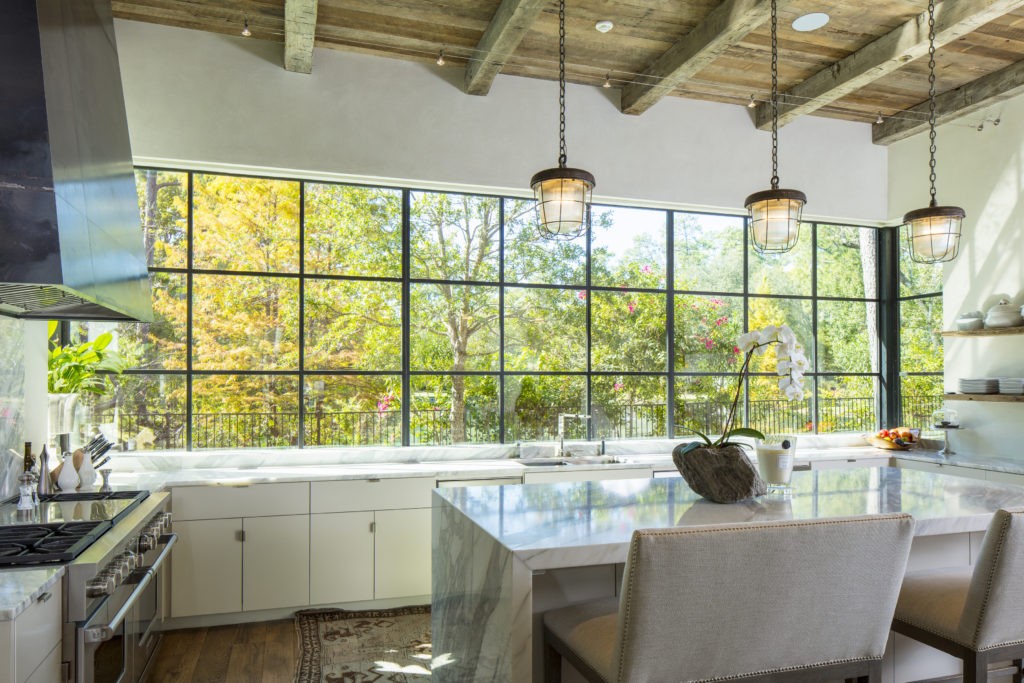
While modern design opened the door to a more streamlined way of living, some people could feel that it’s a bit of an over-correction. Not having any knick-knacks, ornamentation, or personal touches could feel cold. If a space is only designed for function, it loses the ability to represent those who live there. That’s where contemporary design came in and built on the shoulders of modern architecture.
How To Include Contemporary and Modern Styles In Your Home
The beauty of having your own space is that you can create a style that’s uniquely you. Whether your style is more minimalist or leans more toward sentimentality, you can make your space your own. When it comes to contemporary vs. modern design, there are many ways to combine both styles to accommodate your taste.
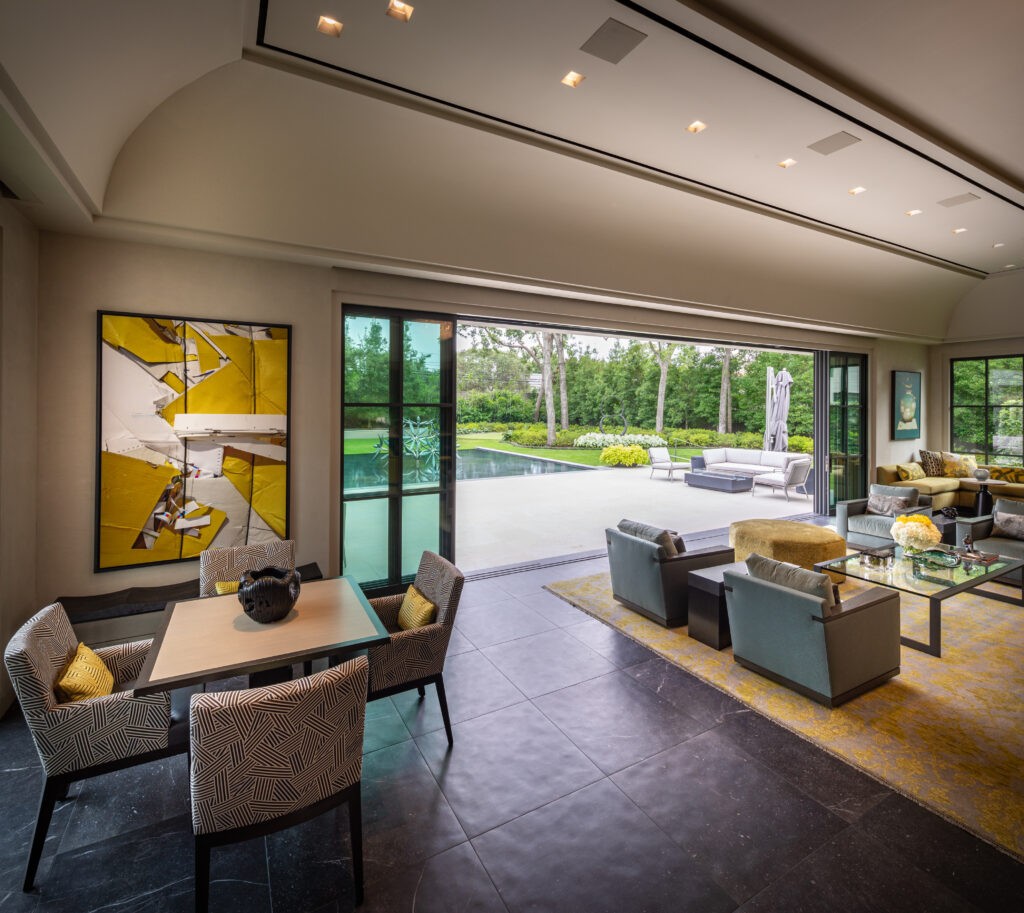
An easy way to create a space that honors contemporary and modern designs is to start with an open floor plan. If you’re struggling to make your area appear larger than it is, a contemporary front door would be an excellent place to start.
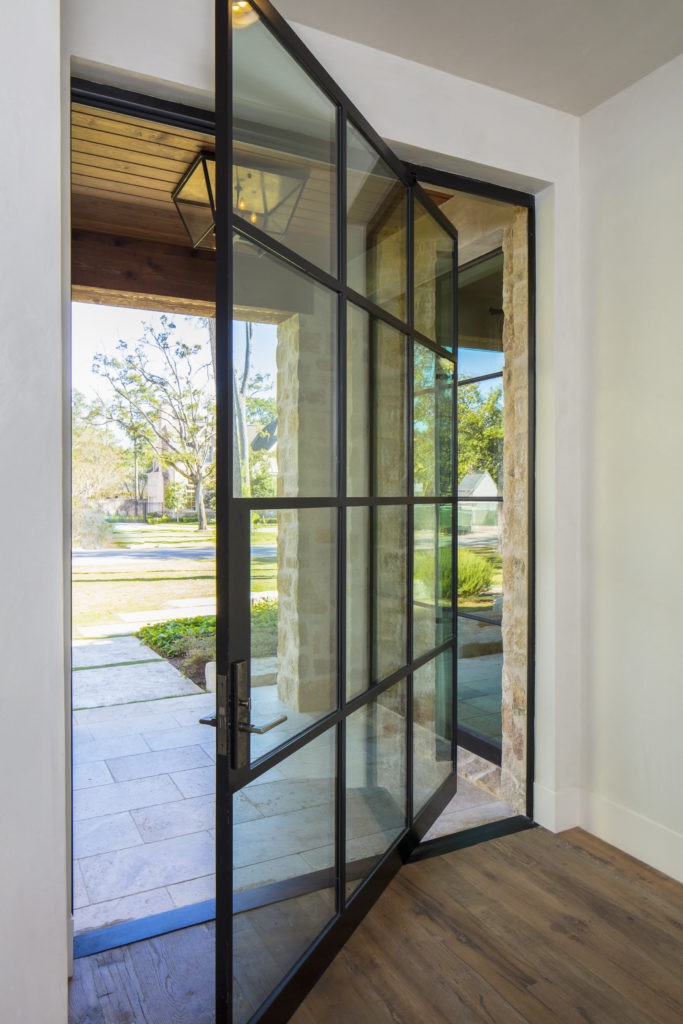
Contemporary front doors, especially those with steel accents, can elevate your entryway and give the illusion of a more open floor plan. Steel doors have become a luxury standard, lending style and grace to a fixture that must be durable and resilient.
Which Design Style is Right for Your Home?
There are many different architectural styles to choose from when designing your space. Modern vs. Contemporary design are just two different styles from which to choose. Modern design may be perfect if you’re looking for a no-muss-no-fuss approach to your home design. If you’re looking for a style that allows more freedom to mix design elements from all different eras, contemporary may just be the way to go. Given the similarities and differences between modern vs. contemporary design, which style do you feel would fit your lifestyle best?
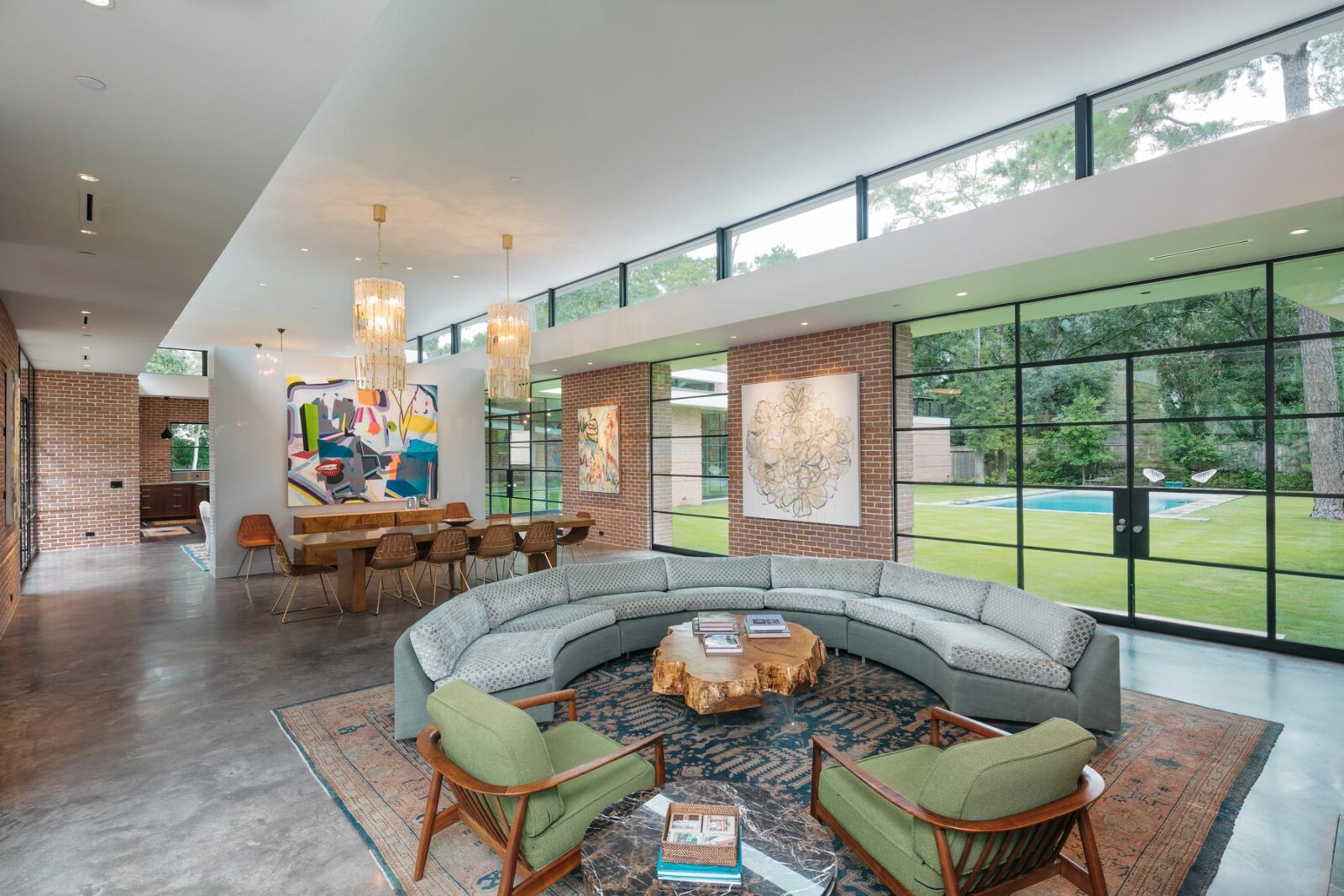
Leave a Reply